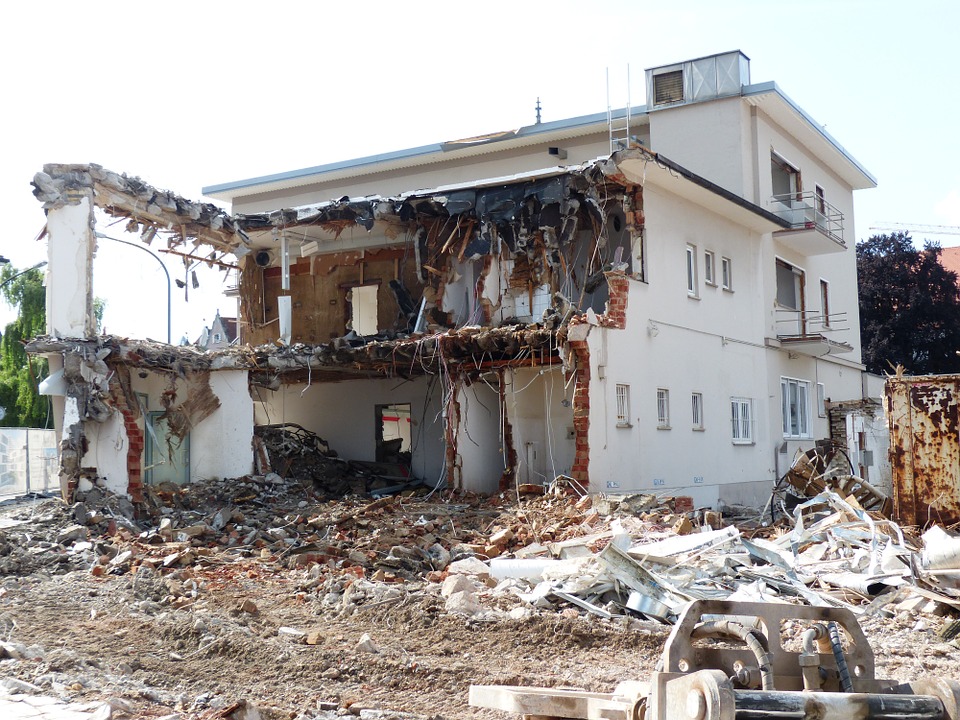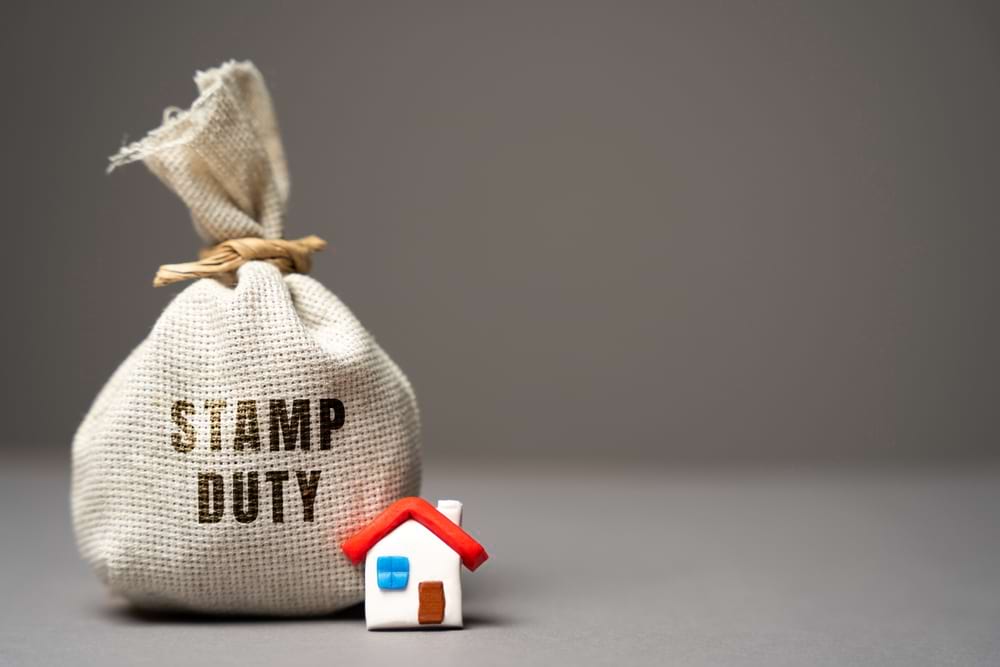Pests in your home can be a nightmare.
At its worst, they can even render a home unlivable and derelict.
Read on to learn about 10 UK house pests to watch out for…
1. Japanese knotweed
Incredibly invasive, Japanese knotweed forces its way through the concrete walls and floors of properties, causing severe damage.
The plant is quite pretty and can even look like others, meaning many people leave it unattended to creep into their properties.
The weed is a severe threat to properties and must be eradicated to protect all nearby homes, as it can creep and attack other structures.
2. Squirrels
Whilst they appear cute, squirrels can damage your property especially to your:
- Sidings
- Drainpipes
- Soffits.
They can even get inside your property, especially between walls and in attacks, where they might damage wiring, woodwork, and more.
3. The deathwatch beetle
If your property has been affected by fungal decay, you are more susceptible to deathwatch beetle infestations.
Their presence will appear in the form of weakened and damaged timbers.
They like to infiltrate damp wood inside your home and can nibble away at fixtures and fittings until there’s nothing left.
4. Dry rot
Dry rot spores are not harmful to your health, but they are a sign that there is excessive moisture in your property, which could make you ill.
Dry rot itself is a fungus that digests damp wood, leaving it dark in colour and heavily cracked.
This can affect the structural integrity of your home as the wood becomes weak.
5. Wet rot
Unlike dry rot, wet rot is a general term used to describe an array of ways in which fungi caused by water can destroy the home.
Wet rot occurs on timbers that contain over 50% moisture, while dry rot needs only 20% moisture to germinate.
Wet rot is much easier to notice due to typical water damage stains, and it can cause considerable damage to walls, ceilings, and floors.
6. Woodworm
If you have noticed strange holes in your wooden surfaces and small piles of fine sawdust around your property, you could have a woodworm infestation.
Often, people are unaware of woodworms until the damage has already been done.
However, left untreated, woodworm can weaken timber in your property and cause structural failure.
7. Rising damp
Rising dampness is often noticed by the internal water damage it causes to a home’s walls.
It is caused by moisture travelling from the ground and up through the capillaries of the wall.
Damp is rare as most homes have protection. But if you notice tide marks, damaged paint or wallpaper, and orange water staining around your skirting board, you need to seek expert help.
8. Silverfish
Nothing is safe in your home if silverfish have intruded. They will feed on anything containing starch or cellulose, meaning plaster, paintings, photographs, and books are not safe.
Silverfish are insects that love high-humidity locations in the home, so they tend to be found in the dark corners of bathrooms, kitchens, basements, and attics.
9. Mice and rats
Whilst most homeowners don’t want mice or rats in their house because they leave droppings and contaminate food, many don’t realise they can cause extensive damage to properties.
It must be remembered that mice and rats are gnawers who chew almost anything to make their nests, including insulation and electrical wires.
10. Moths
Most moths in the UK are harmless. However, a few species lay their eggs in our stored belongings.
If undetected for long periods of time, clothes, carpets, soft furnishings, and anything made of fabric can become victims of moth larvae.
How can I stop pests from destroying my home?
You must contact a pest specialist with most of the flora and fauna above.
Most pest control companies also offer property care services, meaning you can have your property free of the culprit and any damage fixed.
Whether plant, insect or mammal, do not try to fix the issue yourself, as you could put the structural integrity of your home at further risk.
Looking to sell your house to a cash buyer?
We Buy Any Home can provide you with a cash offer for your home within 7 days. Contact us today to see how we can help you.



















